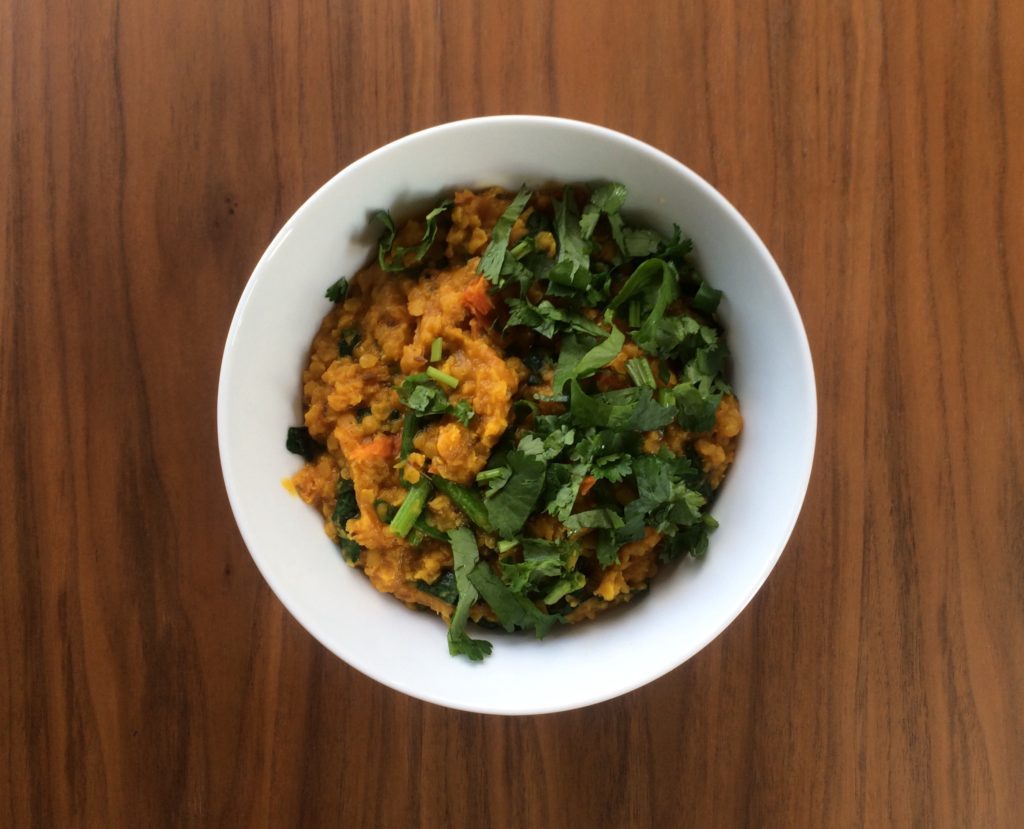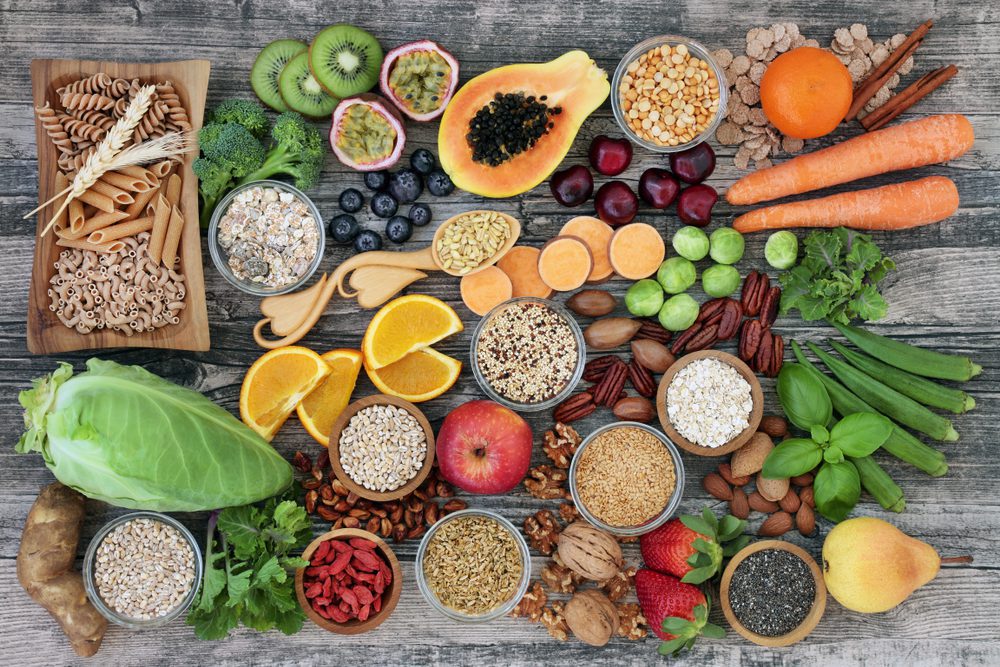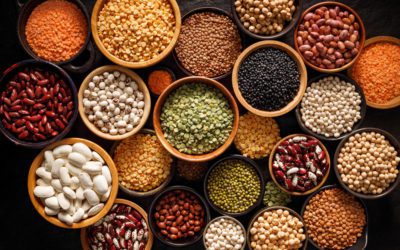Last time out (see the Bean Cuisine blog) I took you on a trip through some of the evidence that high fibre foods like beans and lentils can help us to keep the body weight down. This was through bulking-up our food, wrapping up some of our calories with complex starchy foods so that they pass straight through us, and by putting the brakes on our consumption by making sure that fats, carbohydrates and proteins are detected lower down in the gut, thus triggering satisfaction signals to be sent to the brain.
Feeding the gut microbiome
The benefits of fibre for weight management don’t end there though and there are more positives related to what is known as the Gut Microbiome (click here for my gut microbiome explainer). For the last 15 years our understanding of what happens to food in our gut has dramatically improved through advances in medical research. We now know that there are around 39 trillion (yes, that says trillion) microbes in the gut, weighing around 2kg. That’s as heavy as our liver, which makes many doctors refer to the gut microbiome as the organ we didn’t know that we had.
Each of us has between 300 and 1,000 different varieties of bacteria in our gut microbiome, with the combination of species changing all of the time based on what we eat. This mix of different varieties impacts on several aspects of health, which I will cover in future blog posts, but for now I will keep the focus on weight management.
Fibre-rich lentils are a phenomenal fuel
When we eat high fibre foods our gut bacteria feed on them and produce organisms called short-chain fatty acids (SCFAs), which have influences on our blood glucose regulation (an important factor in weight management) and our satiety hormones (the hormones that tell us when we are full and that should stop eating). In his book Fibre Fuelled, Dr Will Bulsiewicz highlighted a study in which people ate the same number of calories of either bread or lentils at lunch. The lentil eaters showed better blood glucose control after the meal, which is a common finding, but when everyone ate the same bread-based dinner later on the lentil group again had less of a blood sugar spike. This is the bacteria in the gut, which have been empowered by the fibre-rich lentils, producing SCFAs to keep that glucose under control hours later.
Red lentil and spinach dahl recipe

So, how about a lentil-fuelled dish to try at home? This red lentil and spinach dahl is my take on a dish from a Mowgli Street Food restaurant that I visited in Liverpool.
This very simple recipe will make 4 servings of the dahl as an accompaniment.
Ingredients:
- 1 x 400g tins of chopped tomatoes
- 200g dried red lentils
- 350ml boiled water
- 1 tbsp vegetable oil
- ½ tsp turmeric
- ½ tsp chilli powder
- ½ tsp asafoetida
- 1 tsp cumin seeds
- 1 tsp black mustard seeds
- 200g fresh spinach, chopped
- Small handful fresh coriander, chopped
- Juice of ½ a lemon
- Salt to taste
Method:
- Heat a wide-based pan over a medium heat.
- Add the vegetable oil and heat for 1min then add the seeds and spices and fry for 2mins.
- Add the tomatoes, lentils, and water.
- Bring to a simmer and keep it there for 10-12mins until the lentils have softened.
- Squeeze in the lemon juice.
- Fold in the chopped spinach and stir until it has wilted into the lentils.
- Season with salt to taste.
- Serve topped with the chopped coriander.
To make this dahl into a main meal, add 2 x 400g tins of chickpeas 5mins before you fold in the spinach or simply serve with boiled brown rice.
Feel free to try your own spice combinations, because everyone likes different spices, right?





